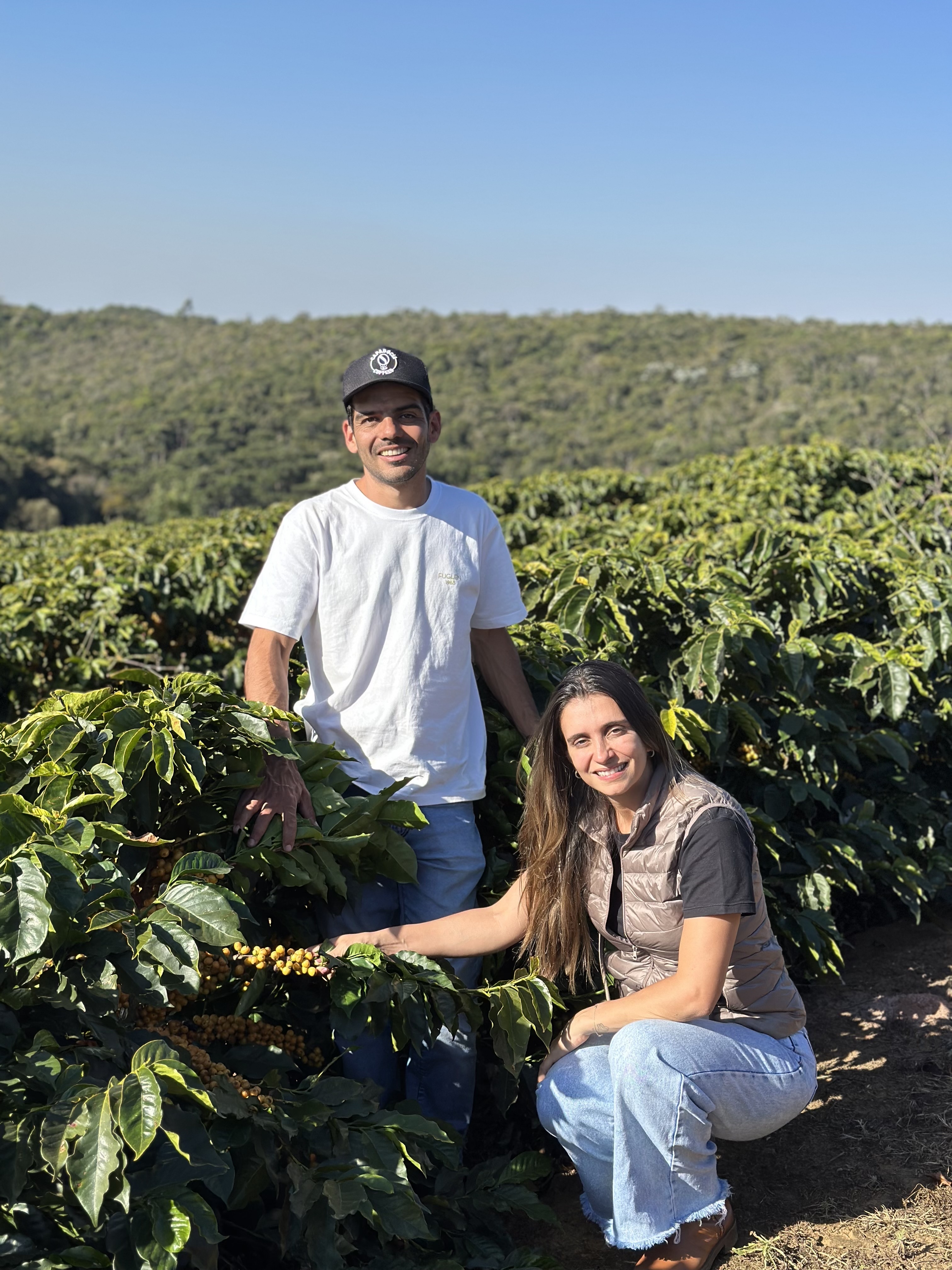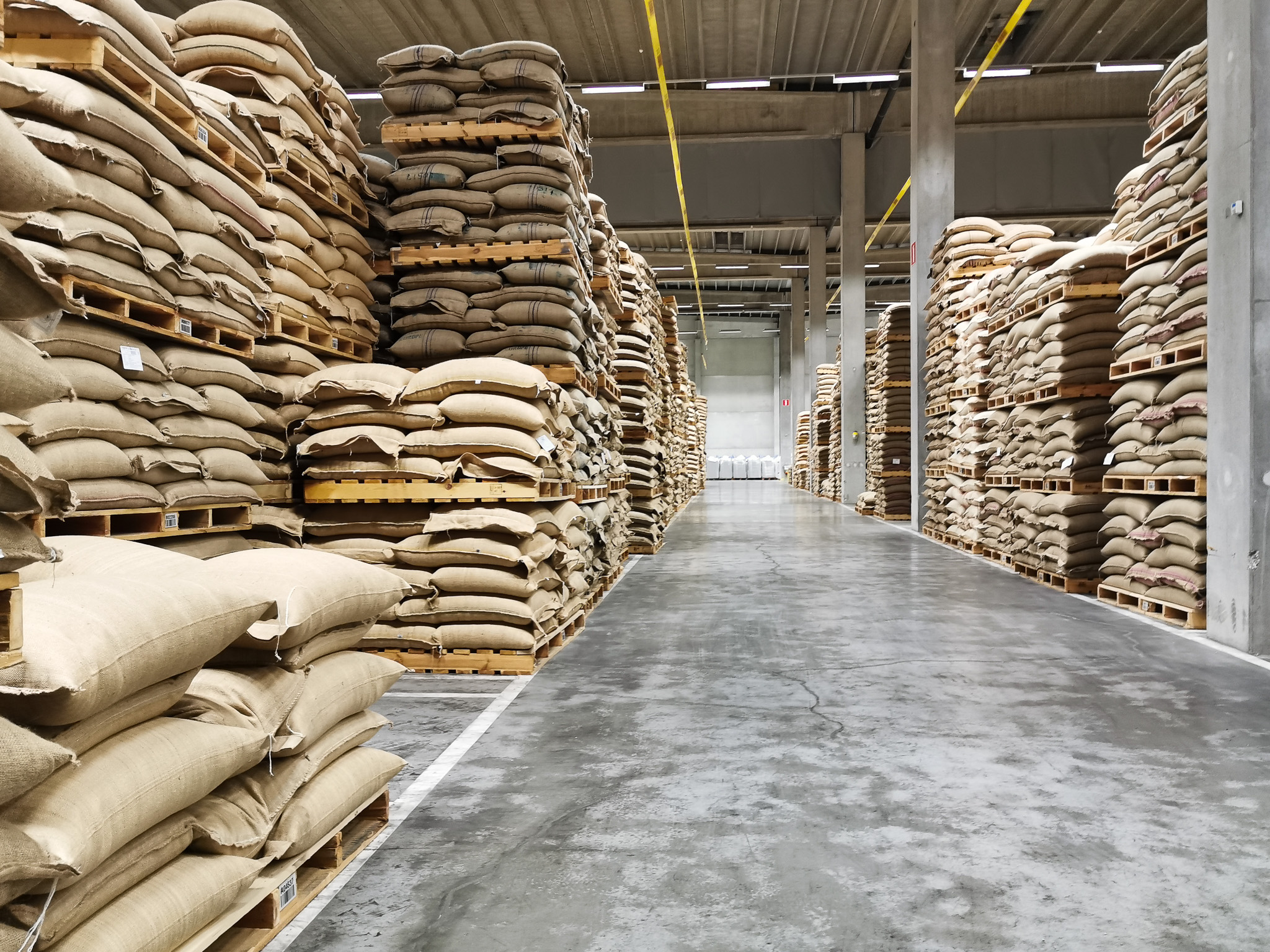When coffee arrives at your roastery, packed and ready to be turned brown, it's easy to overlook all the steps it has taken to get there. From origin to warehouse, the logistics process in specialty coffee demands precise coordination, foresight, and problem-solving to ensure smooth and timely shipments. At Nordic Approach, our logistics team ensures that every shipment arrives in top condition—navigating challenges, managing relationships, and constantly adapting to an ever-changing global trade environment.
Meet the team: Hanna Wille, our Senior Global Logistics Coordinator based in Oslo, Norway, and Helen Leak, our Regional Logistics Specialist based in Addis Ababa, Ethiopia. Hanna oversees logistics across all the origins we source from, whereas Helen specialises in logistics for Ethiopia. Together, they ensure the smooth transportation of our coffees during peak buying seasons.

What does logistics at Nordic Approach involve?
The specialty coffee logistics process begins the moment our procurement team finalises a purchase contract. That’s when Hanna and Helen step in to coordinate every detail, ensuring our coffee shipments make it from origin to our EU warehouse as seamlessly as possible. The same applies to the shipments they coordinate for our FOB coffee customers; only instead of delivering the coffee to our EU warehouse, they are delivered to the customer’s port of destination.
Hanna mentions: “I communicate with coffee suppliers to arrange everything once contracts are finalised. That includes following up on bag marks, pre-shipment samples (PSS), shipment bookings, and making sure everything happens within the correct timelines.” She also manages coffee import documentation needed for customs clearance, such as bills of lading, invoices, or more specific requirements depending on the destination.
Helen, who specialises in Ethiopian coffee logistics, explains: “I prepare shipping instructions, bag mark templates, and coordinate with suppliers to ensure that all container bookings and necessary documentation are completed correctly.” From ensuring containers are loaded on time to cross-checking bill amendments, her work requires attention to detail and constant communication with all our partners.
The day-to-day
For both Helen and Hanna, no two days are the same. Their work involves continuous follow-ups, troubleshooting, and ensuring that coffee moves efficiently through the supply chain.
Helen describes a typical day in Addis Ababa: “I start my day with a cup of coffee, catch up with my colleagues Sisay and Adham, and then dive into emails and follow-ups. A lot of my time is spent communicating with suppliers, updating clients, and making sure all specialty coffee shipments are progressing as planned.”
Meanwhile, in Oslo, Hanna’s day begins in a similar way: “First, I start with a delicious cup of washed coffee—usually made by Aiste. Then, I go through emails, update each individual shipment through our ERP system, and manage follow-ups and tasks for the day.” The ERP module Hanna developed centralises shipment tracking and documentation, making it easier to monitor progress and identify bottlenecks in the coffee supply chain.
Challenges in logistics: from the Red Sea crisis to container shortages
Logistics in specialty coffee is rarely smooth sailing (as we’ve all learned one way or another). One of the biggest recent challenges has been the Red Sea crisis, which disrupted shipping routes and caused significant delays. Helen recalls, “It was very challenging because of the delays and rebooking. There was also a big container shortage, so we had to push for containers to be loaded before peak season to prevent major delays.”
Hanna also highlights the challenges that come with cultural differences in communication. “We ship from so many different origins, so cultural awareness in coffee logistics is very important. I wouldn’t communicate with someone in Brazil the same way I would with someone in Rwanda.” Managing expectations and maintaining strong relationships with coffee suppliers is key.
Ethiopia: a closer look
Ethiopia is the origin we buy the most volume from, and managing coffee logistics from Ethiopia requires extra attention. “We always try to push out containers as early as possible before peak season hits,” Hanna explains. “Otherwise, we risk delays due to container shortages and port congestion.”
Helen adds that bag marks have historically been a bottleneck in Ethiopia, but recent process improvements have helped streamline the timeline. “Previously, bag marks were printed only after PSS approval, which delayed shipments. Now, we’ve removed the name from the flavor profile and we print the bag marks earlier, which has shaved off two weeks of waiting time.”

The reward
Despite the challenges, Helen shares, “when the coffee we bought has departed and arrived on time, I am very happy! If it goes as planned, it’s the best feeling.”
Same goes for Hanna: “when everyone is happy, when I can do my job and move a product that’s well-received, sustainable, and provides a good working experience—that’s what makes it worthwhile.”
The work of our logistics team is often behind the scenes, but it is absolutely critical to the success of Nordic Approach. Without their expertise, coordination, and problem-solving skills, the coffees we source would never make it to your roastery. Their efforts ensure that every lot we purchase arrives safely, maintaining the high standards of quality that define us.






